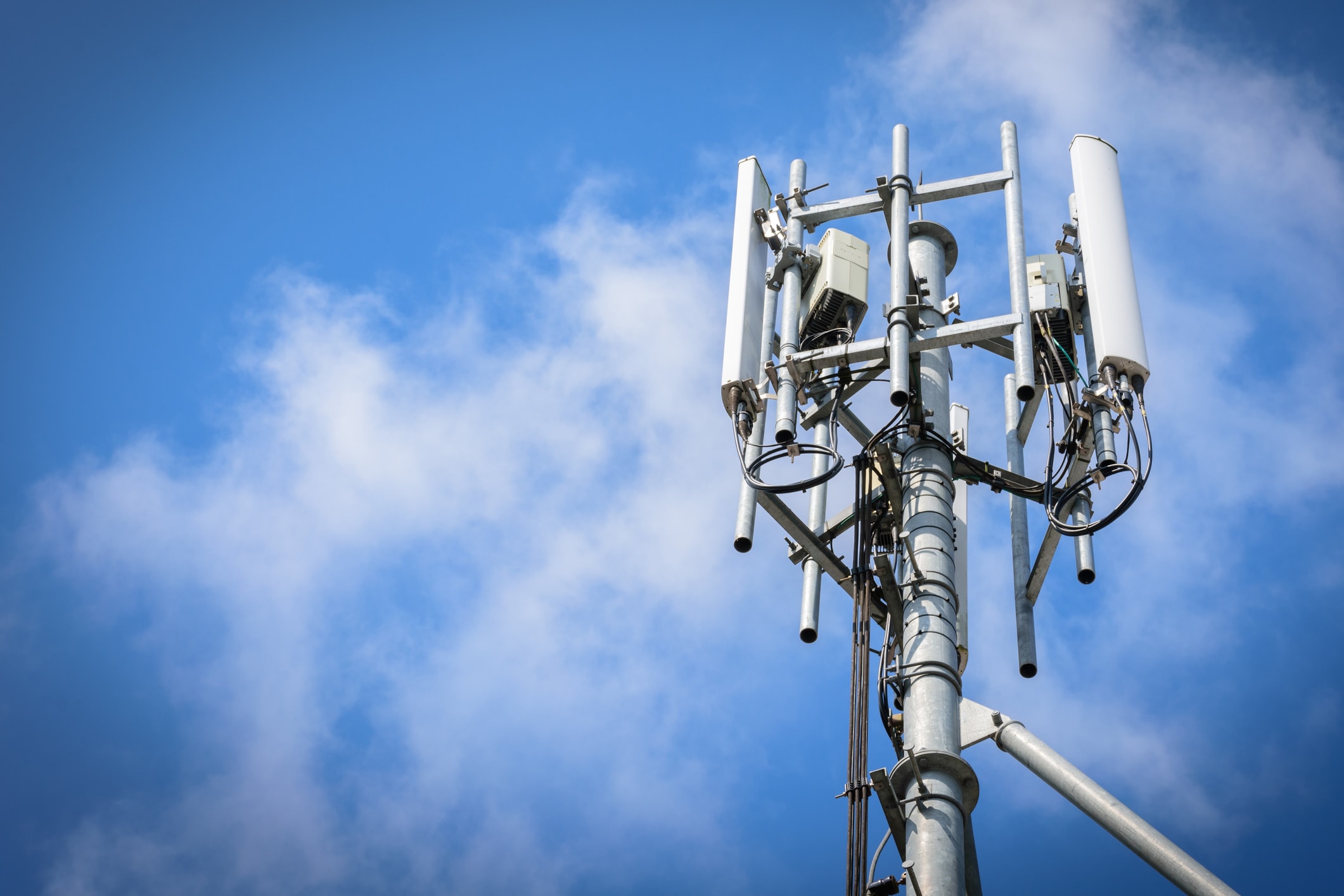Are usually safest distance coming from a 5G cell System?

If you've ever wandered through a town and spotted tiny mini 5G cell towers on the poles of street lights. They look like little boxes, but they're actually broadcasting wireless signals from cell phone providers to your phone.
The smaller ones are being replaced by larger, purpose-built cell towers. While they're less noticeable but they can still create problems for those who live nearby.
It is the Federal Communications Commission's Radiation Exposure Thresholds
The FCC's Radiation Exposure Thresholds determine the maximum amount of time one can expose to electromagnetic energy generated by wireless devices. what is a safe distance from a 5g cell tower of exposure are based upon scientific research that show that RF energy could cause harm to health.
The absorption rate specific (SAR) is an indication of the radiofrequency energy taken up by tissues. It's typically 1.6 Watts per kilogram calculated over one Gram of tissue.
But, since 5g operates at higher frequencies this could be able to create more energy on the skin and other exposed body parts. This could lead to various potential problems, including an increased the development of skin conditions such as dermatitis, skin cancer and cataracts.
Because of the potentially severe effects of 5g radiation, PSU has chosen to establish a general, localized limits on power density, which is 4mW/cm2 based on the average on 1cm2, but not to exceed 30 minutes for the entire 5G spectrum at 3000 GHz. This localized limit is in accordance with the peak spatial-average SAR of 1.6 W/kg, averaged over one 5 grams of body tissue, at 6 GHz.
The FCC's Maximum Exposure Thresholds
Have you ever used a cell phone, you probably know that a safe distance from the tower should be at least 400 meters away. This is due to the transmitting power of cell towers increases drastically the further away your location from the tower.
While this sounds like something that's good but the truth is that people who live close to towers could be more prone to health problems. For example, a study from 2014 in India discovered that people who lived within 50 meters of cell towers had much more health problems than those living further away from the antennas.
This study revealed that those who relocated to areas further away from cell towers noticed their symptoms return to normal within a couple of days. Studies have also revealed that exposure to high frequencies of radiofrequency electromagnetic fields (EMFs) could cause brain tumors, cancers, and other health problems.
This is due to the fact that the RF radiation used in wireless communication can be absorbed by the body's outer layer, called the skin. This is vital to be aware of since the skin functions as a protective barrier against mechanical injury, infection caused by pathogenic microorganisms and infiltration of toxic substances. Additionally, it is the biggest organ in the human body. It is accountable for protecting other organs.
The FCC's Minimum Exposure Thresholds

The FCC's Minimum Exposure Thresholds rely on many assumptions that aren't supported by scientific evidence. These include the erroneous assumption that short-term exposures to RF radiation are safe due to minimal radiation penetration in the human body (i.e. thermal heating of tissue).
This assumption does not take into account the greater penetration of ELF components of modulated RF signals, as well as the effect on the body of short bursts generated by RF waves that are pulsed. These assumptions are not in line with the current understanding of biological consequences of RF radiation. Therefore, they should not be relied upon for health-protection exposure standards.
Additionally to that, ICNIRP and FCC limit the maximum limits of exposure to peak local SARs, based on the maximum speed of spatial absorption (psSAR) which is an inadequate dosimetric tool to assess the amount of radiation exposure. Particularly the psSAR tool is not accurate for frequencies above 6 GHz. Furthermore, psSAR has not been tested for RF radiation exposed to other environmental agents , such like sunlight. The interactions of RF radiations with different environmental agents could cause synergistic or antagonistic effects. what is a safe distance from a cell tower would result in an increased risk of negative health consequences. For example, co-exposure to RF radiation along with exposure to sunlight can cause an increase in the incidence of skin cancer, as well as aggravate other skin conditions like acne.
